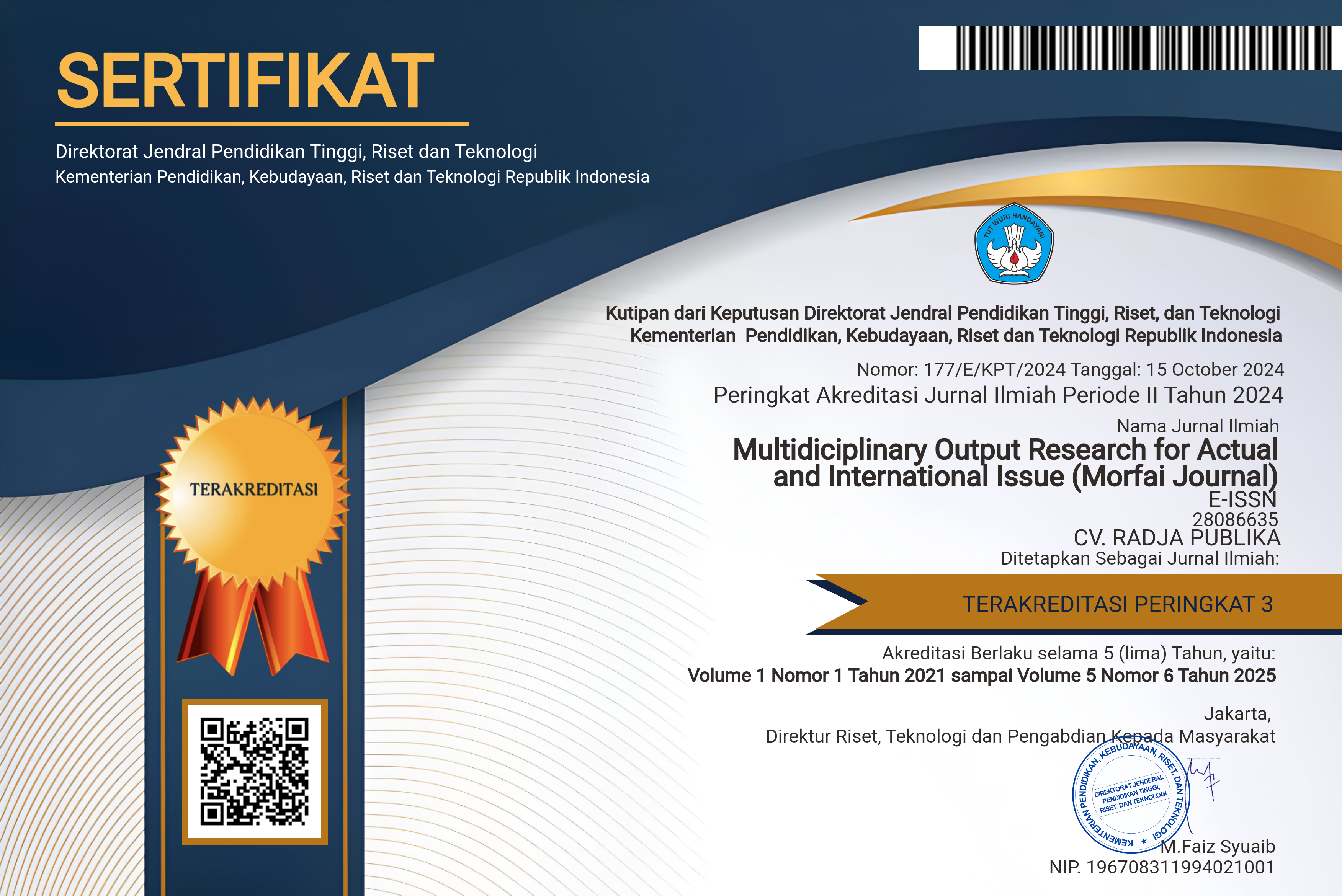Socioeconomic Impact of Limestone Mining on Local Communities in the Khumnoh Area, Kashmir, India
Main Article Content
Gazala Yousuf Mir
Limestone mining, while pivotal to industrialization and infrastructure expansion, often begets a paradoxical coexistence of economic promise and socio-environmental adversity—particularly in ecologically sensitive and socially fragile landscapes. This study interrogates the multifaceted implications of limestone extraction on the local communities of Khumnoh, situated within the tectonically active and resource-rich belt of South Kashmir. Despite burgeoning industrial interest in the region, scholarly inquiry into the sociological and economic reverberations of mineral extraction remains conspicuously limited. This research endeavors to bridge this epistemic lacuna by conducting an in-depth, community-centric investigation into the socioeconomic ramifications of limestone mining in the aforementioned locale. Employing a robust mixed-methods framework, the study integrates quantitative data from 100 structured household surveys with qualitative insights derived from 10 semi-structured interviews involving diverse community stakeholders—including miners, traders, educators, healthcare workers, and governance representatives. Stratified random sampling ensured representational integrity, while thematic analysis of narrative accounts augmented the statistical findings, thereby affording a comprehensive evaluative lens. The analysis focused on key dimensions such as livelihood diversification, income generation, public health, environmental degradation, gendered access to mining benefits, and infrastructural evolution. The findings reveal an ambivalent reality: while a notable segment of the population has experienced marginal economic uplift through mining-related employment and trade linkages, the majority remains either unengaged or inadequately compensated. Dust proliferation, water resource vulnerability, and respiratory ailments were recurrent environmental grievances, compounded by a palpable deficit in corporate transparency and public participation in decision-making processes. Furthermore, infrastructure benefits were largely confined to transport routes, with limited investment in healthcare, education, or gender-inclusive development. The study concludes that while limestone mining in Khumnoh does contribute to regional economic circuits, it does so in a manner that is neither equitably inclusive nor environmentally sustainable. Absent proactive regulatory oversight and participatory governance, the current trajectory of extractive expansion portends long-term socioecological dislocation. It is thus imperative to recalibrate mining operations through community engagement mechanisms, environmental safeguards, and targeted corporate social responsibility (CSR) interventions. The study not only elucidates the nuanced interplay between resource extraction and human development in peripheral regions but also offers a replicable analytical paradigm for evaluating the social license to operate in similar geoeconomic contexts.
Bebbington, A., Hinojosa, L., Bebbington, D. H., Burneo, M. L., & Warnaars, X. (2008). Contention and ambiguity: Mining and the possibilities of development. Development and Change, 39(6), 887–914. https://doi.org/10.1111/j.1467-7660.2008.00517.x
Bhattacharya, J., Chattopadhyay, B., & Mukherjee, A. (2009). Resource potential of Indian limestone deposits for cement production. Indian Journal of Geology, 76(1), 12–28.
Chakraborty, M., & Mukherjee, A. (2012). Environmental impacts of limestone mining in northeast India. Journal of Environmental Research and Development, 6(4), 1057–1063.
Creswell, J. W. (2014). Research design: Qualitative, quantitative, and mixed methods approaches (4th ed.). Sage Publications.
Dash, M., Mishra, B. B., & Padhy, R. N. (2008). Mining and environmental problems in India: A study of mining-induced displacement and its impact. Indian Journal of Environmental Protection, 28(5), 451–458.
Ghose, M. K. (2007). Environmental impact of coal mining on water regime and its management. Water, Air, and Soil Pollution, 92(1-2), 55–66. https://doi.org/10.1023/A:1005298402782
Ghose, M. K., & Majee, S. R. (2001). Air pollution due to opencast coal mining and the characteristics of airborne dust—An Indian scenario. Environmental Monitoring and Assessment, 70(1-2), 115–139. https://doi.org/10.1023/A:1014200730128
Hilson, G. (2002). The environmental impact of small-scale gold mining in Ghana: Identifying problems and possible solutions. The Geographical Journal, 168(1), 57–72. https://doi.org/10.1111/1475-4959.00038
Hilson, G., & Murck, B. (2000). Sustainable development in the mining industry: Clarifying the corporate perspective. Resources Policy, 26(4), 227–238. https://doi.org/10.1016/S0301-4207(00)00041-6
Jenkins, H. (2004). Corporate social responsibility and the mining industry: Conflicts and constructs. Corporate Social Responsibility and Environmental Management, 11(1), 23–34. https://doi.org/10.1002/csr.50
Lahiri-Dutt, K. (2004). Informality in mineral resource management in Asia: Raising questions relating to community economies and sustainable development. Natural Resources Forum, 28(2), 123–132. https://doi.org/10.1111/j.1477-8947.2004.00079.x
Lahiri-Dutt, K. (2011). Gendering the field: Towards sustainable livelihoods for mining communities. Asia-Pacific Journal of Rural Development, 21(1), 1–10.
Mishra, B., & Nayak, M. (2015). Mining-induced displacement and resettlement: An analytical framework with special reference to India. The Indian Journal of Political Science, 76(3), 549–558.
Prno, J., & Slocombe, D. S. (2012). Exploring the origins of ‘social license to operate’ in the mining sector: Perspectives from governance and sustainability theories. Resources Policy, 37(3), 346–357. https://doi.org/10.1016/j.resourpol.2012.04.002
Sahu, G. (2012). Impoverishment risks, social capital, and NGO interventions: A study of resettled populations in Madhya Pradesh. Development in Practice, 22(1), 62–74. https://doi.org/10.1080/09614524.2012.630980
Sharma, P., & Jain, R. (2010). Environmental concerns of limestone mining in Himalayan regions. International Journal of Environmental Science and Technology, 7(2), 123–135. https://doi.org/10.1007/BF03326126
Srikantia, S. V., & Bhargava, O. N. (1998). Geology of the Lesser Himalayas: An overview. Memoirs of the Geological Society of India, 33, 1–23.
Valdiya, K. S. (1980). Geology of the Kumaun Lesser Himalaya. Wadia Institute of Himalayan Geology.









